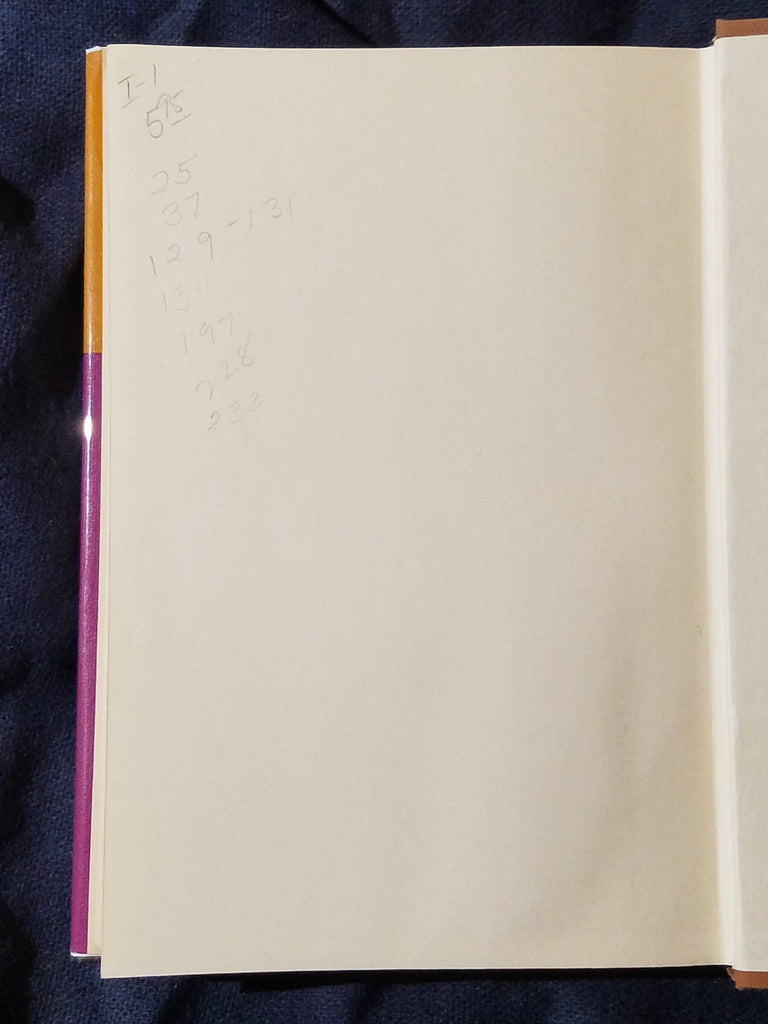


It was true 50 years ago and it’s true today. He will make himself an exile from the earth and then will know at last, if he is still capable of feeling anything, the pain and agony of final loss. If industrial man continues to multiply his numbers and expand his operations he will succeed in his apparent intention, to seal himself off from the natural and isolate himself within a synthetic prison of his own making. Some people are scared of this greater world that surrounds them, afraid to get out of their gleaming vehicles, to get sandy, sore and sun burnt in pursuit of questions that will never be answered Abbey encourages us to to do just that and, of course, leads by example as he watches the days move seamlessly over canyon land. What do you have to lose?Ībbey returns to this idea time and again throughout the book as he deepens our understanding of this concept. Don’t drop it on your foot-throw it at something big and glassy. You’re holding a tombstone in your hands. This is not a travel guide, but an elegy. ….most of what I write about in this book is already gone or going under fast. It might even be enough to make you pick up a monkey wrench. Here, I examined five passages from the influential work that look mighty prescient in the harsh, desert-like glare of the present. In light of the current state of America-the ever-increasing political divide, our wild places under siege and unchecked momentum of the tech industry-Abbey’s seminal work feels just as relevant, if not more so, than when it was first published 50 years ago in 1968. Although well known for the fictional and satirical jabs of The Monkey Wrench Gang, Abbey’s acerbic wit, steadfast gaze, rabid criticism of the American industrial complex and heartbreaking take on the human race from his most famous non-fiction work is what made the Southwest wanderer a conservation icon. In the world of conservation literature, Edward Abbey’s name stands among giants like Aldo Leopold, Henry David Thoreau and Wallace Stegner, thanks to Desert Solitaire, a collection of musings written over a few seasons he spent as a park ranger in the red rock desert of Utah’s Arches National Park.


 0 kommentar(er)
0 kommentar(er)
